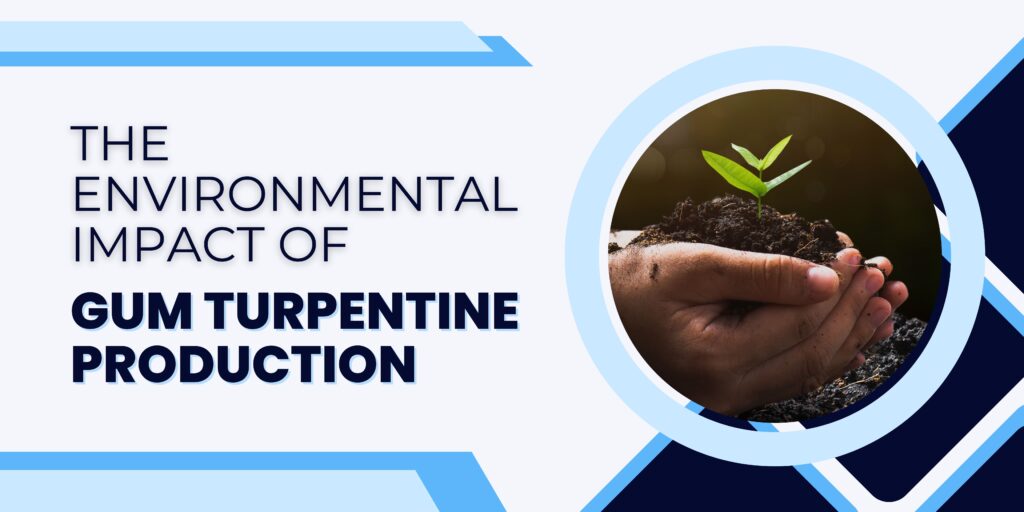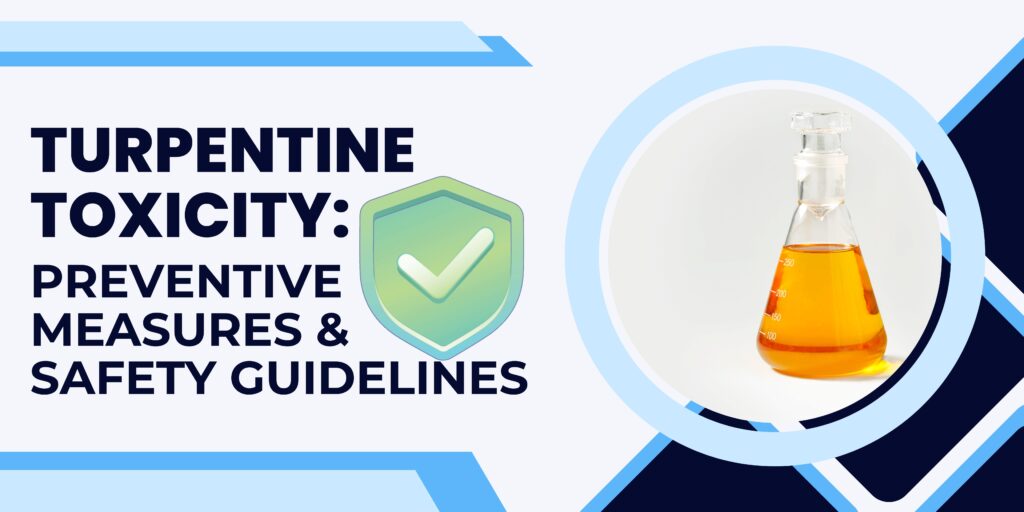
Gum turpentine, a natural resin obtained from various pine trees, has a rich history of applications in industries ranging from art to medicine. However, the extraction and utilization of gum turpentine come with a set of environmental implications that warrant careful consideration. This article explores the environmental impact of gum turpentine, addressing key concerns, sustainable practices, and the delicate balance between industry and conservation.
Understanding Gum Turpentine
Before delving into its environmental impact, it’s crucial to understand what gum turpentine is and how it is extracted. Gum turpentine is a resinous substance obtained from pine trees, primarily the longleaf pine (Pinus palustris) and slash pine (Pinus elliottii). The extraction process involves tapping the trees to collect the resin, which is then distilled to obtain the final product.
Deforestation and Habitat Disruption
One of the primary environmental concerns associated with gum turpentine production is its potential contribution to deforestation and habitat disruption. Pine trees serve as crucial components of ecosystems, providing habitats for diverse flora and fauna. Excessive or unsustainable extraction practices can lead to the depletion of these forests, impacting biodiversity and disrupting delicate ecological balances.
Soil and Water Quality
The extraction of gum turpentine involves making incisions in the pine trees to allow the resin to flow. This process can potentially impact soil quality as it may lead to soil erosion and nutrient loss. Additionally, the runoff from turpentine harvesting areas may affect water quality, potentially introducing resin compounds into nearby water bodies, posing a threat to aquatic ecosystems.
Air Pollution and Greenhouse Gas Emissions
The distillation process of gum turpentine involves heating the collected resin to separate the volatile components. This process may release volatile organic compounds (VOCs) into the air, contributing to air pollution. VOCs can have adverse effects on air quality and human health, as well as contribute to the formation of ground-level ozone and other air pollutants. Moreover, the energy-intensive nature of distillation contributes to greenhouse gas emissions, adding to the carbon footprint of gum turpentine production.
Sustainable Practices in Gum Turpentine Production
Recognizing the environmental impact of gum turpentine, industry stakeholders are increasingly adopting sustainable practices to minimize negative effects. Sustainable harvesting methods involve careful tree management, ensuring that only a portion of resin is extracted from each tree, allowing for regeneration. Additionally, reforestation initiatives and the use of technology to optimize extraction processes contribute to a more eco-friendly industry.
Alternative Uses of Gum Turpentine Waste
Efforts are being made to find innovative ways to utilize waste generated during the gum turpentine production process. Byproducts such as wood chips and other residues can be repurposed for energy generation or incorporated into other industries, reducing overall waste and environmental impact.
Regulatory Measures and Certification Programs
Governments and environmental organizations play a vital role in mitigating the environmental impact of gum turpentine production. Implementing and enforcing regulations that promote sustainable practices, as well as supporting certification programs for responsibly sourced gum turpentine, are essential steps toward ensuring a balance between industry and environmental conservation.
Conclusion
In conclusion, the environmental impact of gum turpentine production cannot be overlooked. As industries continue to rely on this natural resin, it is imperative to adopt and promote sustainable practices to mitigate the negative effects on ecosystems, air, and water quality. Balancing the economic benefits of gum turpentine with environmental conservation requires collaboration between industry stakeholders, policymakers, and environmental advocates. By prioritizing sustainable practices and regulatory measures, we can strive to ensure that the legacy of gum turpentine is one of harmony with nature rather than environmental degradation.




